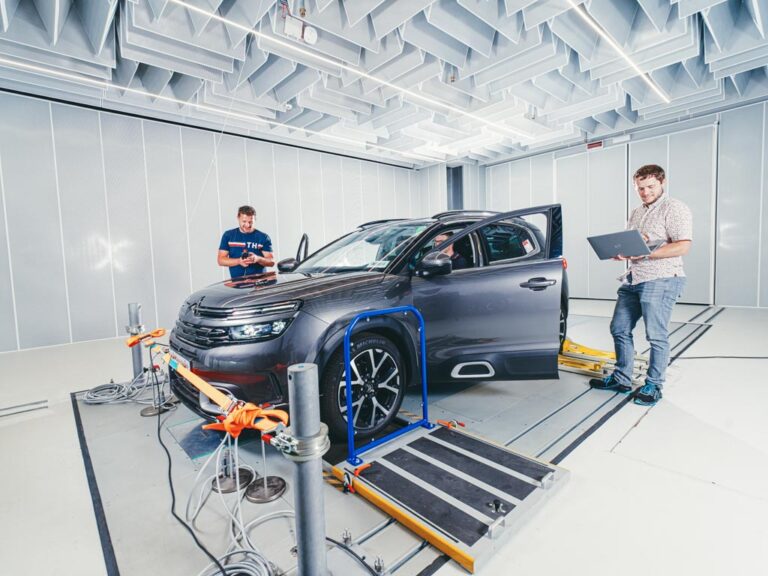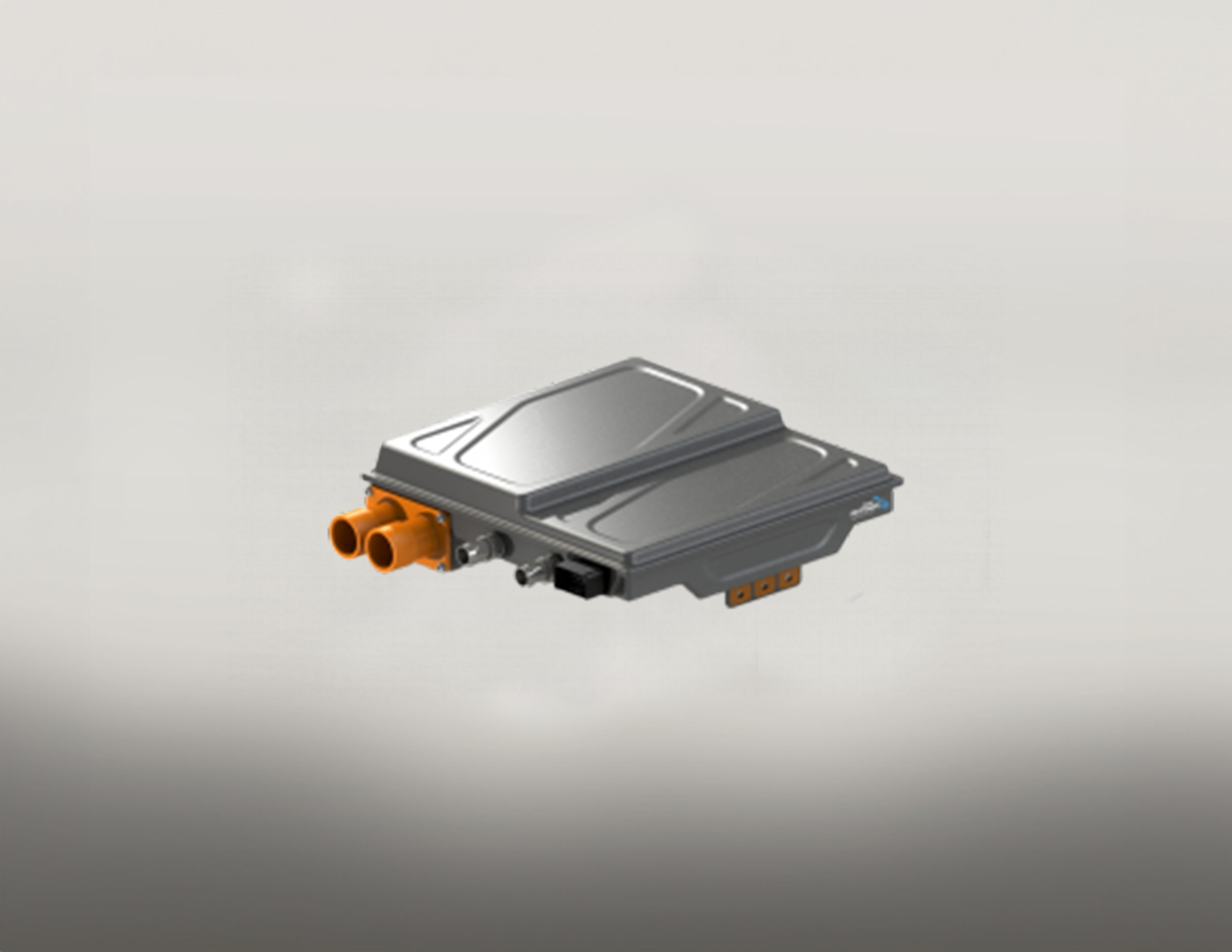- January 16, 2024
The exponential increase in the use of sensors in vehicles, along with the wealth of data they generate, presents an exciting opportunity for the automotive industry to analyze this data and gradually enhance the level of driving autonomy through Advanced Driver Assistance Systems. Punch Powertrain is working on new technologies that make use of AI, big data and machine learning to enhance product features and reduce product development cycle time. The aim of Punch Powertrain is to gradually embed AI in all departments, making it part of the company’s DNA.
Since the future of automotive is EV, the integration of AI yields two primary benefits. First, it elevates the level of driving autonomy in EVs, and second, it reduces time-to-market. Additionally, there are secondary advantages, such as its impact on cost-effectiveness and product design optimization.

Elevated driving autonomy
Enhancing EV’s level of driving autonomy means first and foremost improving the drivability by taking a significant part of the thinking away from the driver. By analyzing the historical data, the software decides what driving mode, ranging from most economical to performance oriented, is required at any given moment and makes the e-drive behave balanced and smooth.
Shorter time to market at favorable cost
Moreover, data plays a crucial role in expediting the time-to-market by facilitating the design of highly accurate and reliable models. Virtual samples, acting as digital twins, are created to eliminate the need for physical A- (and B-) samples. These digital models are accessible to all engineers throughout the development process. As these models transition into production, assembly line data is entered into a database for machine learning/AI to enhance the assembly process, with the ultimate goal of eliminating the need for a physical end-of-line check.
In particular, Punch Powertrain has demonstrated the difference machine learning & AI can make in development and improvement of product specific features via 2 projects: ConACon (Context Aware Control) and HAIEM (Hybrid AI Environment Model).
AI tools tap into the extensive data collected from past projects, enhancing the reliability of these models for a fully virtual prototyping environment. This approach minimizes the time and cost associated with physical prototyping in future developments.


Project: ConACon (Context Aware Control)
Predictive driving strategy software that automatically adjusts drivability settings, uses Machine Learning to make decisions and adapts driving on-the-fly, based on the changing context. This offers a big advantage over conditional programming that only recognizes if/then/else commands. It does so using 3 input sources assigned to dedicated ConACon blocks that interpret and generate preferred drivability settings. 2 of these are so-called fast inputs that require immediate action.
Block 1 takes care of the driver input (throttle, braking, steering) and is developed by our Driveability and Driving Strategy team. It uses data generated via simulations rather than gathering real data while driving which is expensive and time consuming.
The second block is dedicated to the road and driving style recognition. A classification random forest model fully developed at Punch Powertrain uses data gathered during test drives with different drivers to create a ‘generic’ driver. Importing concrete data would allow the software to tailor the drivability to a unique, specific driver.
The third block would act as a rule-based interpreter to also include other constraints like safety, speed limits and navigation commands. It is currently under development, awaiting further data.
Project: HAIEM (Hybrid AI for Estimation in Mechatronics)
This is – in essence- a combination of a first principle physics induced model, augmented with a data driven black box neural network to improve the model accuracy with limited modelling effort. The modelling tool developed in HAIEM is applied to the 2 clutches of our hybrid DCT to improve the shifting performance compared to the classical control architecture using lookup tables to compensate for the complex nonlinear dynamical behavior. Extensive and expansive testing has shown that the AI-predictions are very closely matching the results in behavior of the physical clutch. This hybrid model eliminates the need for the majority of these tests, saving both time and resources, and can be used for accurate plant modelling of future e-drive control challenges as well.

What is next?
Punch Powertrain is currently harnessing the power of big data to build a library of digital twins of different systems and subsystems. AI tools tap into the extensive data collected from past projects, enhancing the reliability of these models for a fully virtual prototyping environment. This approach minimizes the time and cost associated with physical prototyping in future developments. While maintaining its core business, Punch Powertrain is delving into AI and machine learning possibilities. The company is also exploring potential avenues for generative AI in the development of dedicated software.


